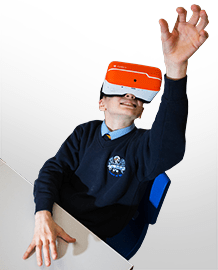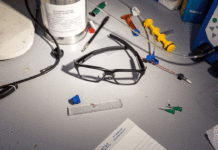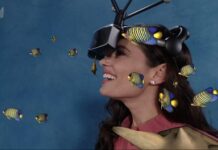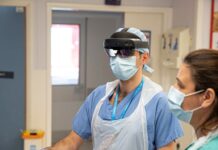
Researchers have been exploring the best AR study methods to help kids improve their studying. According to the computer research team at UTSA, there is a major gap in the adoption of augmented reality in children. They believe that the reason for this is that it is geared towards adults. The researchers conducted classroom tests as part of their research. They found that AR programs are received best when using controller commands, followed by programs that communicate an age-specific language that is easy for children to understand.

John Quarles, a co-author of the study and associate professor at UTSA’s department of computer science, stated that the majority of AR programs require users to speak commands such as ‘select’ but this is not the way children communicate. He further stated that it is important that AR experiences are designed with the child in mind. The goal is to make experimental learning grow along with adapting to the user’s preferences. Quarles designed the study along with Brita Munsinger so that complex word instructions can be replaced with easier commands. This allowed children to complete a series of tasks faster, without so many errors.
Munsinger stated that one of her favorite parts of working on the research is that you can see the impact of the study. According to her, anytime someone uses technology there is an opportunity to improve on how they react with it. The project aims to eventually make AR a useful tool for children when studying STEM subjects and for teachers who are teaching these subjects. The UTSA study was conducted in a classroom of children aged 9-11 where they wore Microsoft HoloLens glasses. They were asked to complete a series of different tasks.
In the analysis of the study, it showed that the learners exhibited fewer mistakes during the completion of the tasks. They also didn’t get as tired. They had better interaction with the learning materials and the AR equipment. The children could complete tasks faster when using the controls. They took longer when using the voice & gesture commands. Children also experienced higher fatigue levels when they had to make voice & gesture commands. This option was the least usable interaction with the AR equipment. The learning material while the controller was rated highest on usability.
A Deloitte report on the state of AR investments was released in 2019. It showed that investments in the AR industry will be led by the US with an estimation of over billion. Quarles serves as director of the San Antonio Virtual Environments Lab at UTSA. His areas of research include human-computer interaction,virtual, augmented, and mixed realities. He has been developing learning programs using AR that is aimed at children with learning disabilities. He stated that he hopes this study will serve as a launching point to improve the future of immersive learning tools and how it is used in classrooms.























